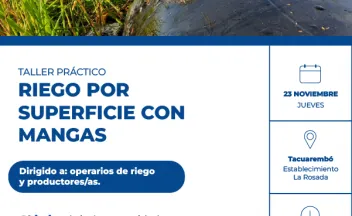Silicon and Epichloë-endophyte defences in a model temperate grass diminish feeding efficiency and immunity of an insect folivore.

ABSTRACT.- Plants deploy diverse anti-herbivore defences which reduce feeding and performance of herbivores. Temperate grasses use silicon (Si) accumulation and Epichloë-endophytes for physical and chemical (i.e. endophytic-alkaloids) defence against insect herbivores. Recent studies suggest that Epichloë-endophytes increase Si accumulation in their host grass. It is unknown, however, how this affects Si-deposition on the leaf surface, their impacts on insect herbivore feeding efficiency and their immunity to potential infection/parasitism.

